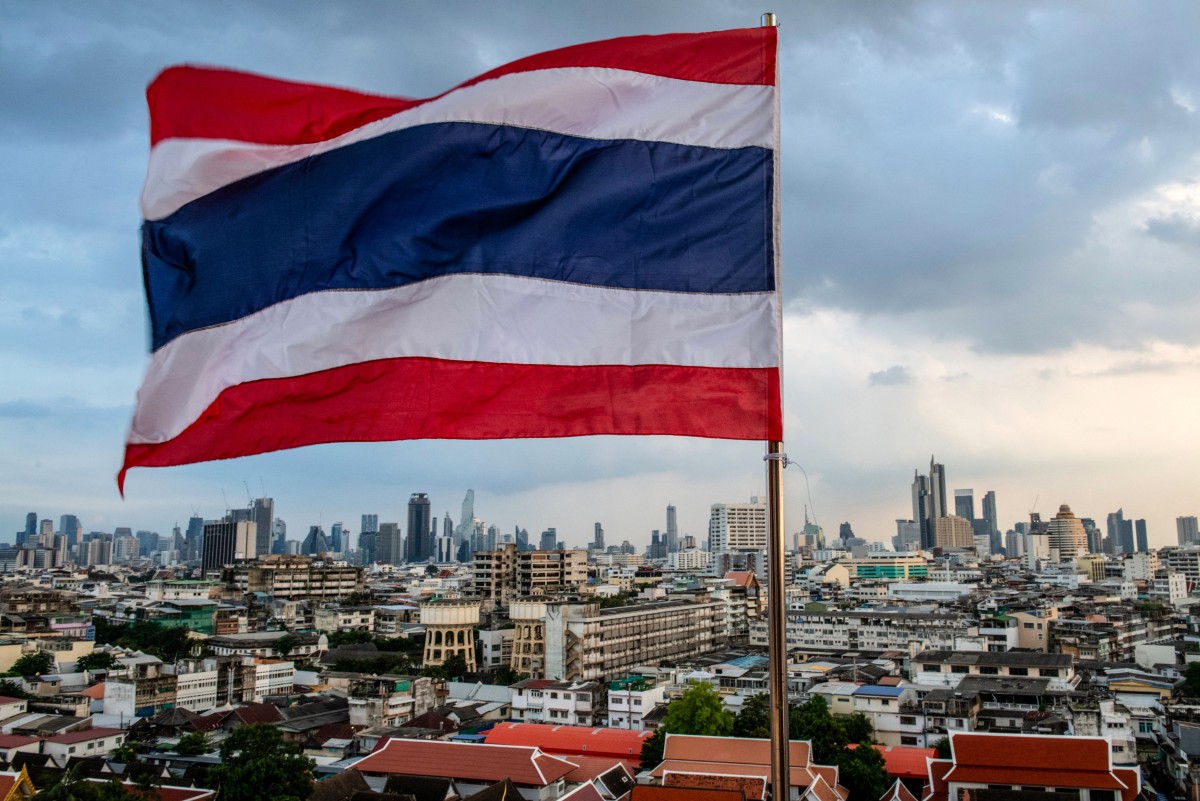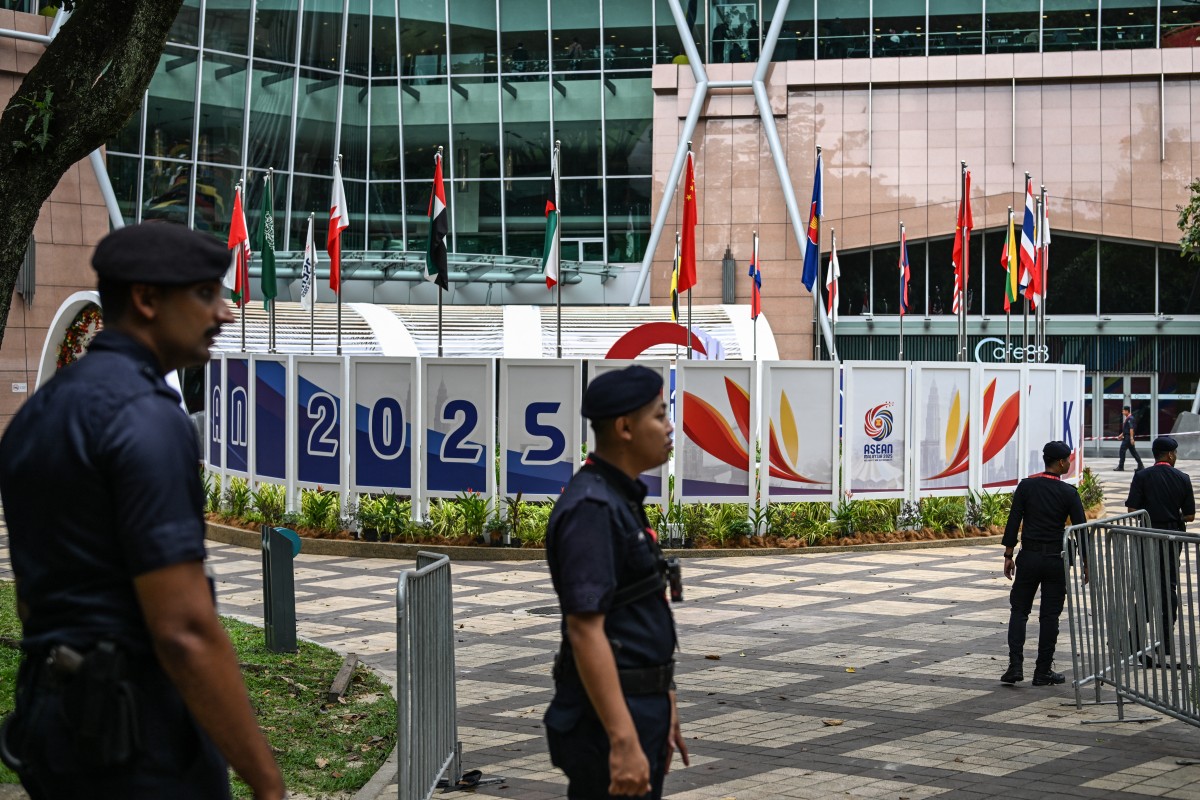Border Breakthrough: Singapore & Malaysia Unveil High-Speed RTS Link, Redefining Cross-Border Travel

The Rapid Transit System (RTS) Link, a groundbreaking cross-border metro connecting Singapore and Malaysia, reached a significant milestone on Sunday, July 20, 2025, with the official unveiling of its first train. This vital development marks a transformative phase for cross-border travel, promising to alleviate severe traffic congestion on the Johor-Singapore Causeway and revolutionize daily commuting between the two nations.
Upon its completion, the RTS Link is set to offer a swift, cost-effective, and reliable mode of public transportation, significantly enhancing cross-border accessibility and regional connectivity. This high-speed train system will span 4 kilometers, linking Singapore’s Woodlands North to Bukit Chagar in Johor Bahru, Malaysia, with an impressive total travel time of just five minutes between the two cities.
The train service will be operated by RTS Operations, a joint venture formed by Prasarana RTS Operations and SMRT RTS. The automated driverless trains, each 76.5 meters in length and designed for swift and comfortable passenger transport, are supplied by CRRC Zhuzhou Locomotive, a Chinese company renowned for its advanced railway technology. The design of the inaugural train draws inspiration from the national colors of Singapore, Johor, and Malaysia, symbolizing the deep connection and shared pride between these regions.
Following its unveiling, the first train has commenced thorough testing at the Singapore Rail Transit Corporation (SRTC). This crucial testing phase involves evaluating the train’s performance on its designated route, ensuring smooth and efficient operation, and addressing any potential issues related to system integration that could impact the smooth launch of the RTS Link. Key components, including electrical cables, safety locks, air supply lines, and undercarriages, are meticulously inspected to guarantee the highest standards of safety and reliability. This meticulous evaluation process is vital for fine-tuning the system, identifying potential long-term operational problems, and ensuring the seamless function of the train’s automated systems to deliver a high standard of service for the thousands of daily passengers.
The RTS Link is slated to launch in December 2026, heralding a new era in cross-border travel. Once operational, it will have the capacity to transport up to 10,000 passengers per hour in each direction, drastically easing congestion on the Johor-Singapore Causeway. The trains will operate at speeds of up to 80 km/h, ensuring rapid and comfortable journeys. A significant advantage for commuters will be the ability to complete immigration checks at the departure stations in both directions, eliminating the need for double clearance upon arrival and thereby streamlining the cross-border journey.
The remaining seven trainsets for the RTS Link are scheduled for delivery to the Wadi Hana depot in Johor Bahru between August and December 2025. Each arriving trainset will undergo further rigorous testing and operational trials on the RTS Link tracks to ensure the entire fleet operates efficiently and meets all safety and operational requirements before the official launch. This hands-on testing will provide valuable insights into real-world performance, allowing engineers to fine-tune the trains and ensure they meet the high standards expected by commuters.
Ultimately, the RTS Link is poised to transform travel between Singapore and Malaysia, offering a more efficient and comfortable alternative to road transport. This substantial investment in regional infrastructure is expected to bolster economic and social ties, providing a much-needed boost to the daily lives of residents and travelers by reducing the time and cost associated with cross-border commuting. The project represents a vital step towards realizing a vision of efficient regional travel and lays the foundation for a greater, more sustainable, efficient, and interconnected transportation network between Singapore and Malaysia.
Recommended Articles
EXCLUSIVEMy A-star student son left early for school and secretly boarded a one-way flight to Malaysia - I haven't heard from him since and am desperate to know he's still alive

A British schoolboy vanished without a trace a month ago after telling his brother he was leaving early for school - se...
Malaysia Commits to Trade Talks After Higher US Tariff Threat

Malaysia said it will continue to engage with the US after President Donald Trump threatened to impose a steeper tariff ...
Thailand ranks lowest in ASEAN for business innovation, World Bank finds

This poses challenges for SME competitiveness and growth.
ASEAN nations brace for Trump tariffs with bold stimulus packages

Indonesia, Thailand, Malaysia, and Vietnam inject billions into economies, balancing growth needs against rising debt co...
Over 10,500 Malaysian Women Test HPV-Positive in Cancer Screening

Over 10,500 women in Malaysia have tested positive for HPV through recent screening efforts, yet a concerning 65% have n...
You may also like...
POLITICS:SHOULD POLITICIANS EARN THE MINIMUM WAGE?

What if your president earned the same as a teacher? This bold essay explores the growing divide between political elite...
Erased or Ignored? The Forgotten Female Heroes of African History”

Discover the untold stories of Africa’s forgotten female heroes—from warrior queens and resistance leaders to spiritual ...
Africa's Growth Paradox: Why Booming Economies Aren't Delivering Jobs for Its Youth Majority

Africa's GDP is rising, but youth unemployment persists. Uncover the disconnect between economic growth and job creation...
Emotional Blackmail in African Homes: Love, Guilt, and Obedience

Explore how emotional blackmail shapes relationships in African homes—where love is often tangled with guilt, obedience,...
SOCIAL INSIGHT: IS MARRIAGE STILL RELEVANT IN THE 21ST CENTURY?

Once seen as the ultimate milestone of adulthood, marriage is now being questioned, redefined, and reimagined. This essa...
Urban African Youth and the Rebirth of Cultural Identity

Urban African youth are redefining cultural identity through music, fashion, technology, and activism. From Kenya to Sou...
What Happens to African Girls Who Say No?
(3).jpeg)
Explore the struggles and resilience of African girls who dare to say no to forced marriage, gender-based violence, and ...
The African Dream Is Still to Leave Africa

For many young Africans, the dream isn’t to build Africa — it’s to leave it. This piece explores why the African Dream o...